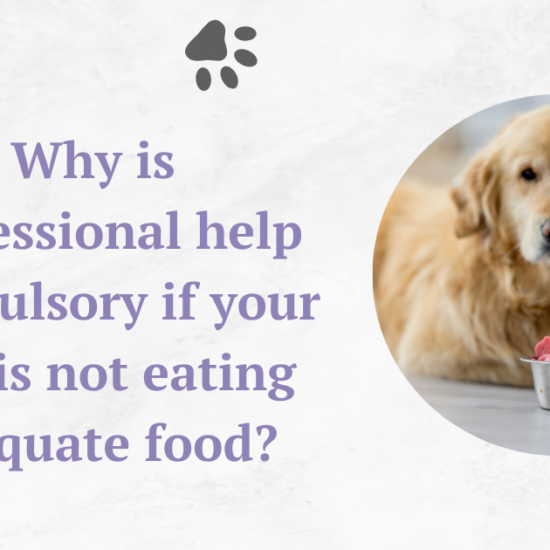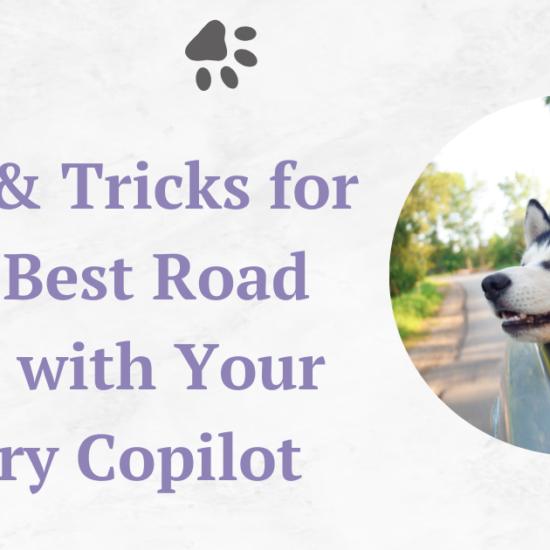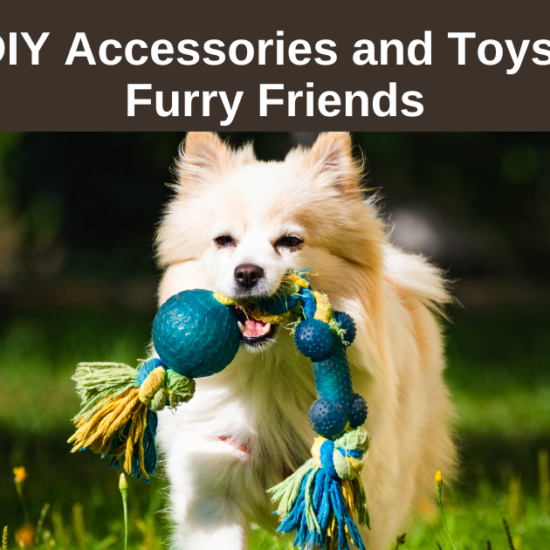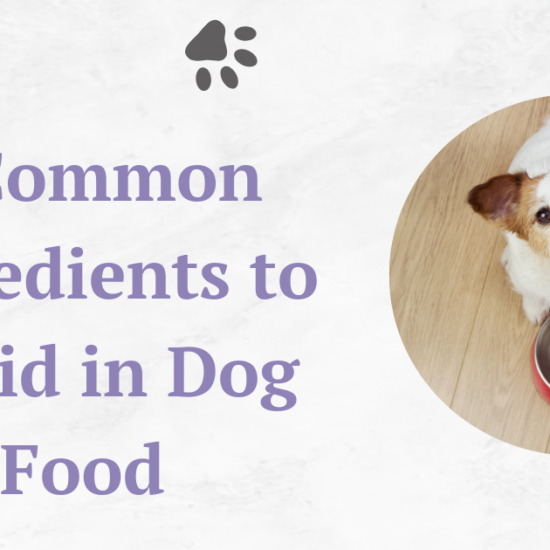Maintaining proper grooming will make your dog feel and look their best. Regular grooming sessions also give you the chance to check for any indications of issues with your dog’s coat, teeth, eyes, ears, and nails. Your dog’s size, breed, and coat type will determine how frequently they need to be groomed.
Table of Contents
Introduction
In contrast to people, most dog grooming does not require regular hygiene and grooming practices, even though excellent hygiene habits are vital for a healthy dog. You may rest easy knowing your dog is in capable hands because professional dog groomers, professional dog handlers, and some veterinary technicians are trained in grooming. To maintain their dog’s appearance in between trips to the groomer, owners can benefit from learning maintenance grooming techniques.
Brushing at Home

Several brushing sessions a week will keep the average dog neat and clean; daily attention is even better. Brush all the way down to the skin, letting the massaging action stimulate blood circulation and loosen and remove flakes of dandruff. The kind of equipment you need depends on your dog’s coat texture and length. Longhaired dogs need pin brushes, which have long, round-ended stainless-steel or chrome-plated pins. Short-, medium-, and some long-coated breeds need bristle brushes. There are also slicker brushes for removing mats and dead hair; rubber curry combs to polish smooth coats and remove dead hair; clippers, stripping knives, rakes, hairdryers, and other grooming tools.
Nail Trimming at Home

For the feet to be healthy, the nails must be kept short. Walking a dog training trick with long nails can be uncomfortable or difficult due to interference with their gait. Additionally, they are easily breakable. This typically occurs around the nail’s base, which is home to blood vessels and nerves, necessitating a visit to the veterinarian. Nails that click on the floor indicate that they are excessively long.
To trim your dog’s nails, use a specially designed clipper. Most have safety guards to prevent you from cutting the nails too short. You want to trim only the ends, before the “quick” which is a blood vessel inside the nail. (You can see where the quick ends on a white nail, but not on a dark nail.) Clip only the hook-like part of the nail that turns down. Many dogs dislike having their nails trimmed. You can make it a painless procedure by getting your dog used to having their feet handled in puppyhood. Start trimming gently, a nail or two at a time, and your dog will learn that you’re not going to hurt them.
Ear cleaning service at home
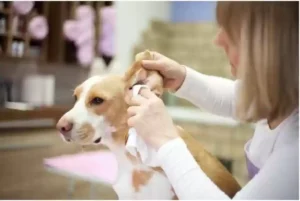
Cleaning your dog’s ears should be done once a month, or more frequently if they have ear issues. Only the outer portion of the ear should be cleaned with a moist towel or a cotton swab dipped in mineral oil. Never put something in your ear by force. To maintain air circulation, some dogs require the hair just within the ear to be clipped. Consult your veterinarian to see if your dog needs this.
Tooth brushing at home

Often brush your dog’s teeth with dog-specific toothpaste and toothbrushes. Brushing your dog’s teeth and gums using your finger can help avert his teeth from becoming snipped. Once you’ve got a small amount of toothpaste on your finger, let them smell and lick it. Repeat with the toothbrush. Make sure to provide them chew toys so they can keep their teeth clean. As they age, your dog could develop tartar accumulation that needs to be professionally cleaned by a veterinarian.
Bathing at Home
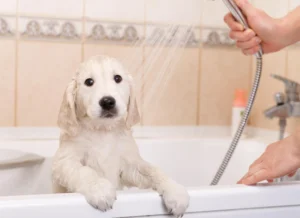
Your dog should have regular, but not frequent, baths, depending on the breed and coat of your dog. Too-frequent washing removes natural oils and causes the coat to become dry and harsh. When necessary, use a mild shampoo formulated for dogs. Stand the dog in a tub or basin, and put cotton balls in their ears and a couple of drops of mineral oil in their eyes. Wet the dog with warm water and apply shampoo from the neck back. After lathering and scrubbing, rinse your dog thoroughly with warm water.
7 Tips to Keep Your Dogs Happy and Healthy
You need to know how to keep your dog happy and healthy if you want him to be that way. Your life will be more joyful if your dog is well-behaved and gets along with others. Your dog’s behavior and health are intimately related, and each affects the other. While healthy dogs learn faster and have more positive body language, unwell dogs may show symptoms of illness or develop behavioral problems. From proper diet and preventative medicine to grooming and mental stimulation, these pointers help keep your dog in optimal condition.
Get Some Exercise

Walking, hiking, fetching, and swimming may all help to keep your pet physically active and fit. But never overlook the importance of mental stimulation! Providing toys to play with, hiding treats, constructing obstacle courses, and performing new behaviours are all ways to keep your dog interested and involved. You should vary your walking routine so as to introduce fresh sights and smells to your dog.
Food and Nutrition

Maintaining a healthy weight is one of the best ways to prevent obesity-related issues and extend the life of your pet. You may do this by feeding him the right kind and quantity of dog food. Your pet may usually get all the nourishment he needs from a balanced diet of premium food, but consult your veterinarian to find out if he needs any supplements. Aim to give your pet no more than 10% of his daily calories from treats, and make sure he has access to enough fresh water. This is advised by the majority of vets. Seek guidance from a veterinarian.
Note: There might be affiliate links mentioned here. We may receive a commission if you purchase a product through an affiliate link. There is no additional charge for you. Please do your own research before making any online purchases.
Prevention Is Better than Cure

drugs intended to keep people from getting sick. Preventive measures and routine veterinarian examinations go hand in hand. Heartworm, illnesses linked to fleas, and infections carried by ticks can all be avoided with the use of prophylactic medications. Periodontal disease, which can result in more serious health problems, can be avoided by regularly brushing your pet’s teeth and giving him dental chews.
Veterinarian Checkups
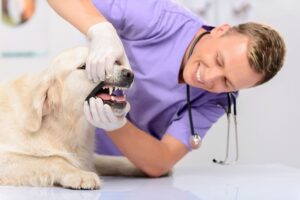
A variety of health screenings that your veterinarian can conduct during a yearly wellness visit can help identify diseases early on and identify warning signs of serious illness. Tartar and plaque buildup may require yearly dental procedures to be removed.
Pet Safety and Security

There are several ways to keep your pet safe: microchips, collars with ID tags, making sure your home is risk-free, and putting dangerous materials out of reach. If you adhere to the other recommendations above, you should be able to maintain your furry friend’s happiness, health, and companionship for many years. To maintain your dog’s health, you should take every precaution. All it takes is a healthy diet, regular veterinary visits, proactive health care, and a little daily love and attention.
Love
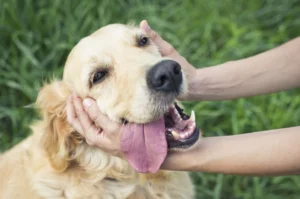
Having a close bond with your dog is advantageous for both of you. You may show your doggo how much you care by giving him belly rubs, cuddles, and even a stroking of his coat. This promotes happy interactions between your pet and other animals as well as between humans and pets, in addition to strengthening your emotional tie to them.
Grooming

This entails giving your pet regular baths, cutting his nails, and brushing him once or twice a week. By grooming your pet, you can also spot changes like dandruff, bald patches, or dry skin on their fur or skin. This is also an excellent time to check for any lumps or bumps that could cause concern. Your veterinarian can advise you on the proper way to groom your pet.
Possible Causes of Coughing in Dogs
Adverse Effects of Medications

Medications used to treat high blood pressure and heart conditions in dogs frequently induce coughing. Since this type of cough goes away when the medications are stopped, therapy is not necessary.
Asthma
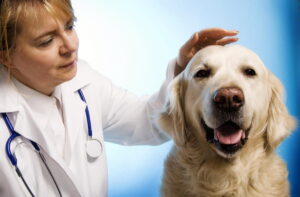
An allergic reaction is what causes asthma in dogs. Dogs have sensitive noses that allow them to sniff out and take in allergens like pollen, mildew, bacteria, viruses, and other pollutants that can irritate their airways and trigger asthma attacks.
Canine Influenza

The influenza virus that infects dogs causes the canine flu, an infectious respiratory disease that can cause either dry or wet coughing in dogs. The virus can be transmitted by direct contact with an infected dog, contaminated objects, and the air. Since there is no treatment for canine flu, you can only manage its symptoms, such coughing, rather than the illness itself.
Kennel Cough

In dogs, kennel cough refers to an infection and inflammation of the windpipe. Among the most prevalent complaints in dogs is coughing. It produces an unpleasant dry cough and is contagious. Like canine flu, though, if the dog’s symptoms are treated only to alleviate their discomfort, the condition usually resolves on its own.
Heart Disease

Persistent coughing is an obvious sign of heart illness or heart failure in dogs, as are breathing difficulties, lethargy, and diminished energy. As soon as you discover a cough in your dog that doesn’t go away, gets worse at night, or causes him to gasp for air, you must take him to the vet to get an evaluation. Your dog will naturally cough occasionally. But if your dog persists in doing it or does it often, you might have a sick puppy that has to be sent to the vet.
Sore Throat

A high pitch cough that seems like it’s choking could be an indication of upper airway irritation, an infection, or even a partial obstruction. There are a few possible causes of your dog’s sore throat: a foreign body or substance lodged in his throat, infections of the mouth or sinuses, or tonsillitis (which is rather rare in dogs). Because they obstruct normal breathing and swallowing, foreign objects in the throat can be dangerous. Your dog may be in danger of dying if there is something foreign stuck in their throat, therefore they need to get help right once.





